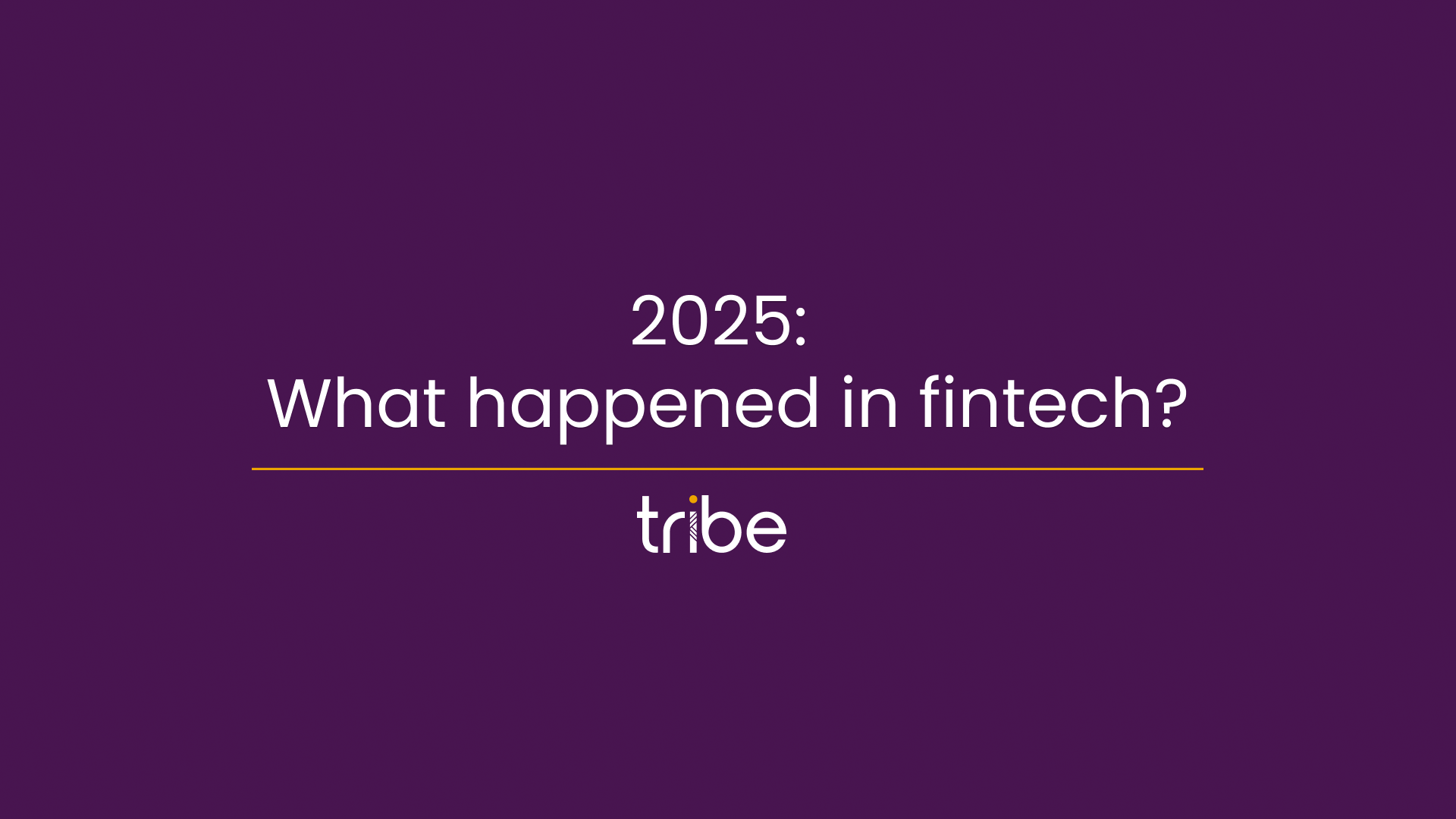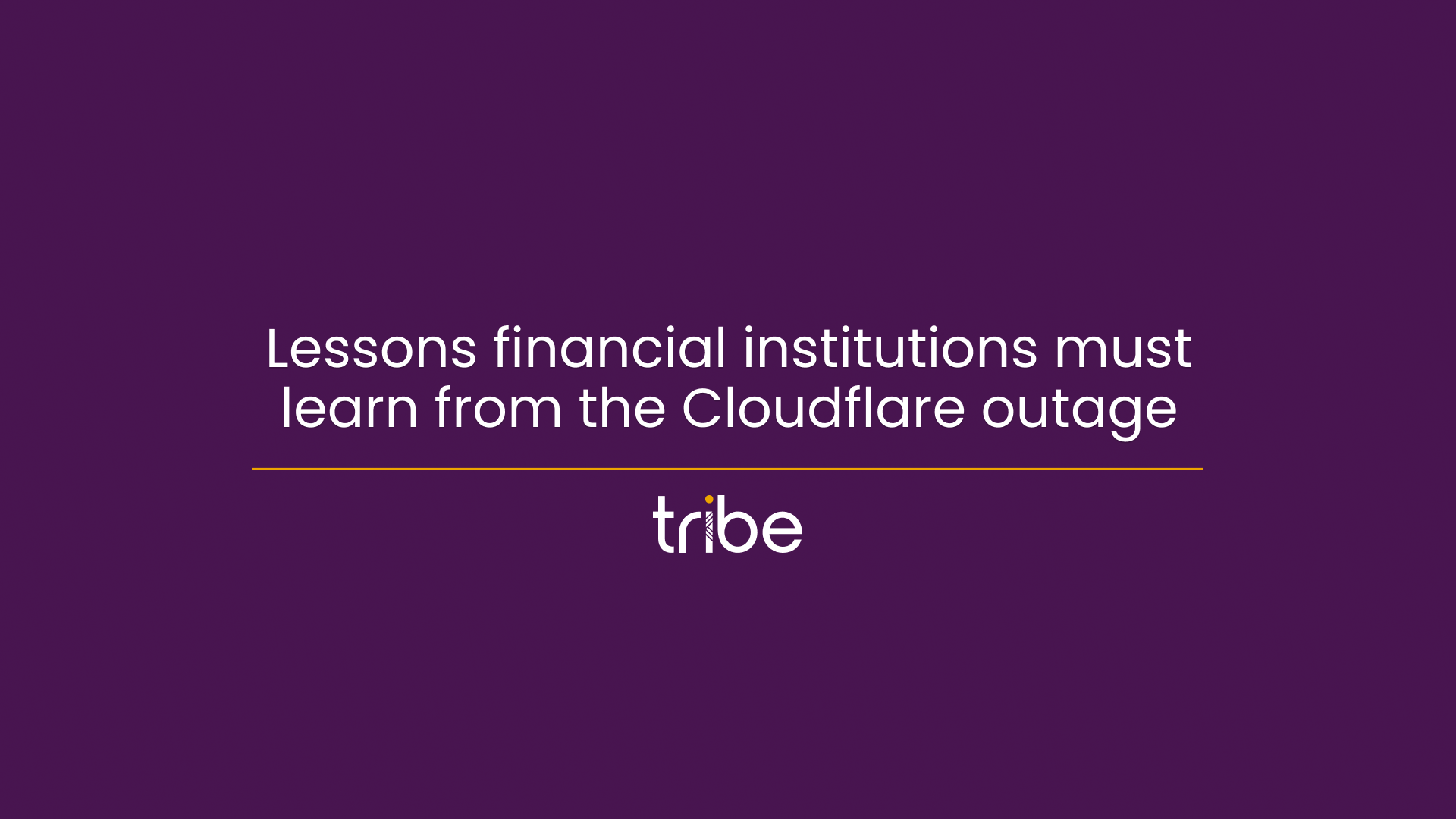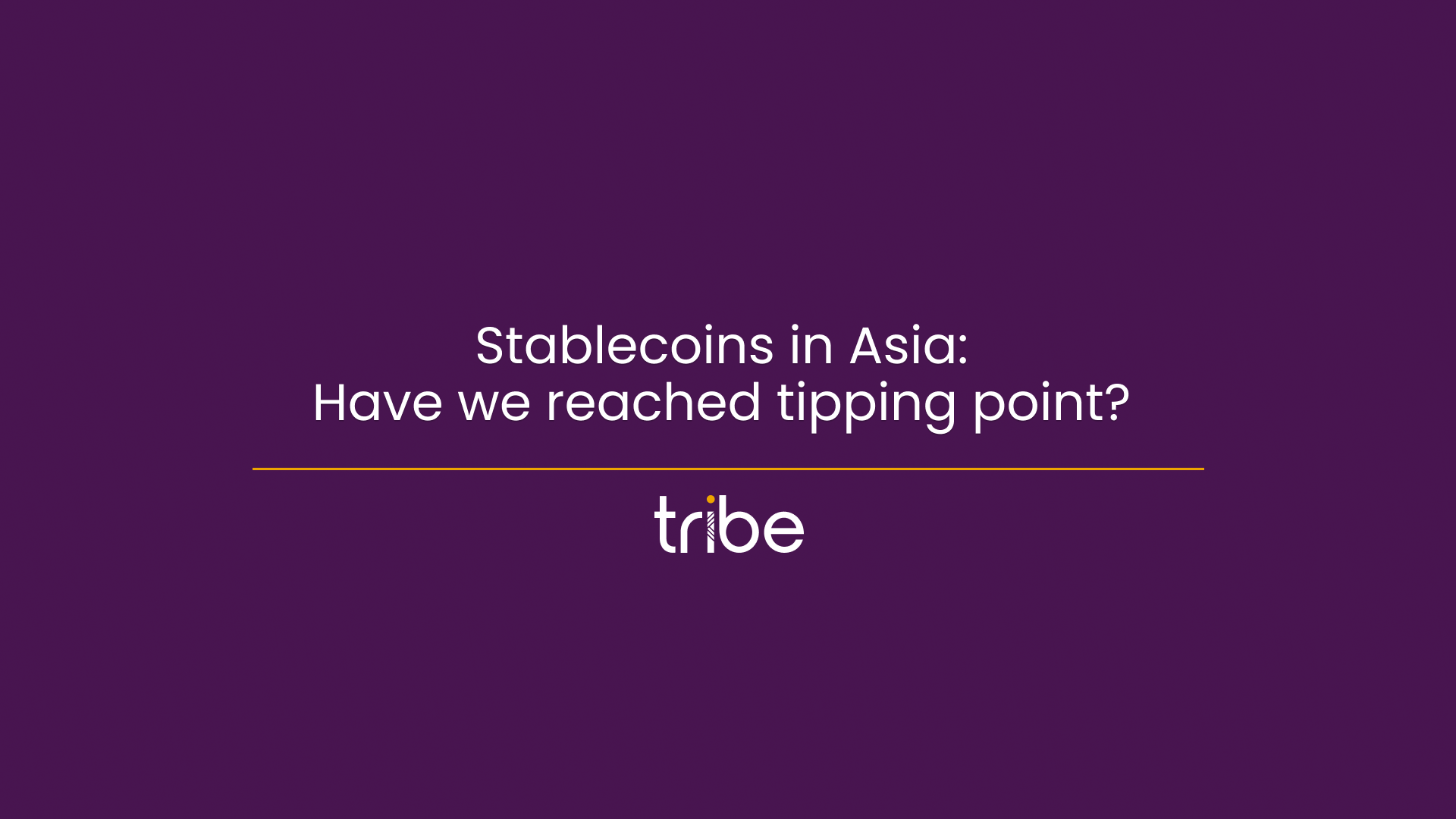Hyper-personalisation: Untapped potential or just a buzzword?
In a world full of buzzwords and acronyms, Tribe’s Chief Operating Officer Lynda Clarke (Strutton) explores whether ‘hyper-personalisation’ is simply just another empty phrase, or whether there’s more to it.
When I first came across the phrase ‘hyper-personalisation’, I must admit that I thought it was just a case of throwing an adjective in front of a word for marketing emphasis; like how we’re constantly bombarded with things being ‘super cool’ or a ‘mega buy’. But actually, the more I heard about it and looked into it, I realised just how valuable hyper-personalisation could be to our industry.
Prioritise the customer
The importance of putting the customer first was highlighted by Amazon CEO Jeff Bezos when he stated: “We see our customers as invited guests to a party, and we are the hosts. It’s our job to make every important aspect of the customer experience a little bit better.”
What’s important here is that the target customer for mainstream brands is evolving as Gen Z grows up and enters the financially independent market, into the world of work and beyond. As a mother of two Gen Z kids (on the younger end of the scale, I must add!), I can see how they are growing up fully digitally native – which is a step further than what millennials experienced – and this is where Bezos’ words come into play: How we make their CX better is different to previous generations.
So… What is hyper-personalisation?
Personalisation is typically the use of historical data to tailor and offer future experiences – i.e. knowing what you like because you’ve done it before.
Hyper-personalisation is much richer and offers the customer much more instant gratification. It refers to offering very precise messaging in close to, if not, real time. It leverages an expanded pool of data to make predictions – it starts to know what you want before you do (kind of like my mother!).
When this is done well, it can really help businesses grow.
- 86% of companies report seeing a measurable uptick in business results from hyper-personalisation approaches.
- 71% of consumers expect personalisation
- 76% of consumers get frustrated when they don’t find it
Sources: McKinsey and Evergage (Salesforce).
Gen Z hold the cards (quite literally)
Gen Z are now roughly aged 12-28 and by 2025 they will make up 27% of the workforce. While millennials might have grown up in tandem with the rise of mass personal technology, Gen Z are the first completely digital generation and they are accustomed to having a digital experience.
It’s not just normal, it’s expected. They want an experience that makes them feel unique.
As a mother of two Gen Z children, I can (begrudgingly) attest to the fact that the generation has a very digital lifestyle. They consume information through social media, whether it be TikTok, YouTube, or another platform, it appears that my kids trust the information from social media influencers more than anyone they have actually met – and tend to buy only from companies whose brand values align with their own.
 Standing room only: Lynda giving her presentation on hyper-personalisation at Money20/20 Europe in Amsterdam in June 2024
Standing room only: Lynda giving her presentation on hyper-personalisation at Money20/20 Europe in Amsterdam in June 2024
Innovative investing
Gen Z are the most investing-savvy generation yet. According to a study by the CFA Institute, over half (56%) of Zoomers surveyed own investments – but not in the ‘traditional’ sense. They are less likely to use mutual funds than older generations, but more likely to invest in cryptocurrency (55% of those surveyed) and NFTs than Gen Xers. Just over 2 in 5 of those surveyed invested in stocks (41%).
What’s more, 4 in 5 Gen Z investors began investing before they were 21 years old (82% in the US, 81% UK, 79% Canada) and a rather interesting factor at play here is “FOMO” (Fear Of Missing Out), with more than 2 in 5 Gen Z investors in the UK and North America citing it as a key reason as to why they started investing.
Welcome to the doomscroll
The act of constantly searching and scrolling for content has been much maligned by many for being a time-drain, notably the ‘doomscroll’ on social media and the constant searching for everything and nothing on streaming services – but there are clear lessons to be learned from the way these algorithms work; Netflix knows what I want to watch before I do – and it’s like Amazon was a shop designed for me!
But there are more practical applications too. Retailers have multiple strategies in this space, with one such method being the extremely specific targeting of products via cookies – and that means I can think of buying a product that I had never heard of or even know existed. Think about it, where we once searched for goods we wanted, now companies find us.
Another example is the use of loyalty schemes, whereby supermarkets (in the UK in this example) can ‘reward’ customers on products they frequently buy with lower prices specifically for them. They would then offer reduced prices on other goods that they think the customer would like to purchase, and this is hyper-personalisation leading to upselling.
My stepson recently learned to drive and some insurers such as Direct Assurance have a programme known as ‘YouDrive’, whereby a device in the customer’s car records their journey, generating a score for each trip. Various metrics are feeding the score, but overall a higher score equates to a lower insurance premium. Customers benefit from a premium that is personal to them, rather than being part of a generic product.
However, when it comes to banks, it feels like they are straggling behind. If you think about the banking experience as recently as 20 years ago, it was so much more personal. You would go into your branch and know the manager and/or employees, and be able to talk to them about your finances. Of course, technology has greatly helped here in making banking easier and more efficient, but it has come at that ‘personal touch’ cost. When logging in, customers may get a ‘semi-personalised’ offer of a credit card or loan that they may think is right for them, but that’s a long way short of specific, bespoke, products per customer.
Of course, one key challenge for brands looking to achieve hyper-personalisation is to thread the needle between offering something the customer wants and not coming across as overly creepy.
So… What do we need to be thinking about?
- Data scientists: Embrace analytics and invest in people who can help you understand the trends and insights
- Define your goals: What are your touchpoints and where can personalisation most impact your business?
- Targeting: Really understand your target markets and use cases. This may sound obvious, but it’s often missed as companies grow and evolve – you need to make sure you are going after the right people.
- Remember to always consider your privacy and security rules – this is one bit where you should never cut corners.
- Tools: Invest in advanced analytics technology that helps you develop real-time targeting; how do you add that crystal ball effect to your business?
- Agility: Have an agile working model and cross-functional team (two buzzwords, I admit). Customer wants are ever changing, and it is important to stay fluid; make sure your team includes a squad of people that cut across marketing, product, analytics, technology. It is very rare I have seen this happen naturally across the business but yes marketing and tech should talk to each other!
- Testing: Do not be afraid to test and learn. A/B testing will help you gauge the effectiveness of different strategies.





.png)
.png)
.png)



.png?width=137&height=90&name=Payments%20Awards%20(1).png)


.png)